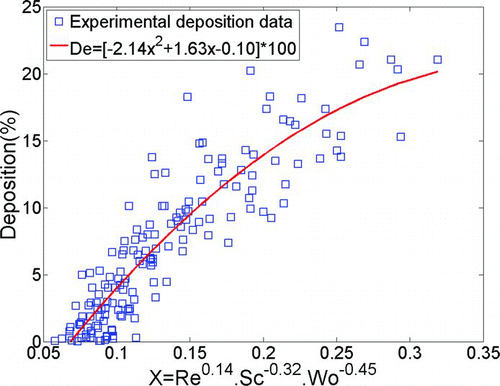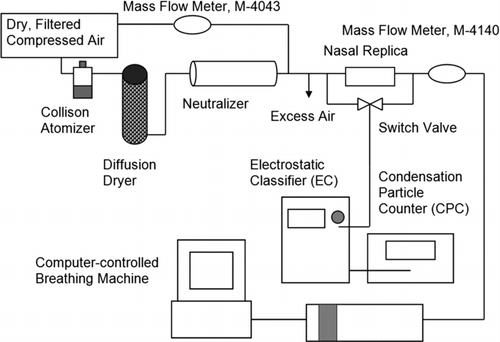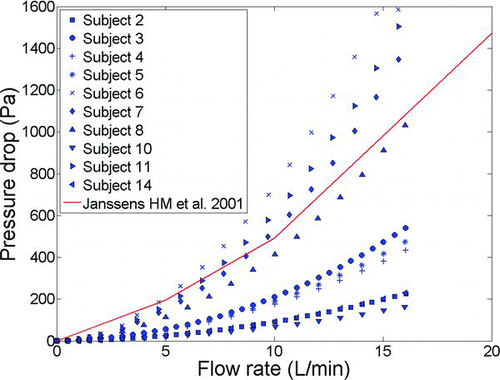Figures & data
FIG. 1 Nasal airways of one infant subject and two adult subjects (one male and one female) are shown.
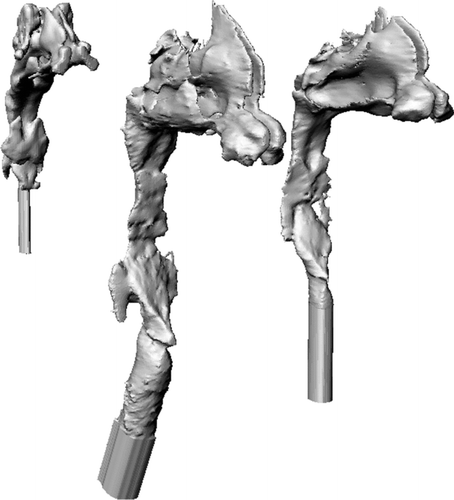
TABLE 1 Adult subject parameters
FIG. 3 Pressure drop data points across six adult human nasal replicas as a function of inspiratory air flow rate compared with available in vivo and in vitro measurements in the literature.
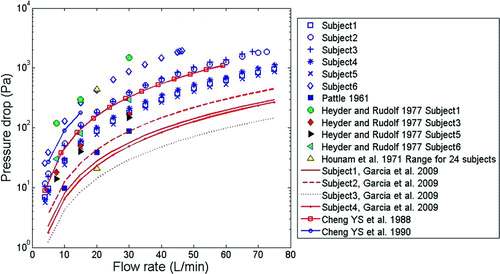
FIG. 4 Deposition data for adults at a flow rate of 20 L/min compared to available in vivo and in vitro data.
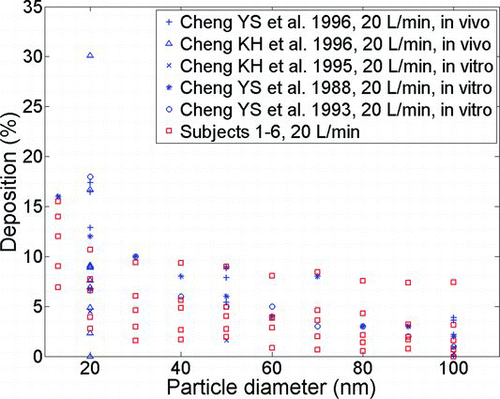
TABLE 2 Summary of equations in the literature for predicting deposition of ultrafine particles in nasal airways of adults and their related R2 values when fitted to our infant data
FIG. 6 The correlation of CitationSwift et al. (1992) developed for adults is shown with our infant deposition data. Error bars on our experimental data points are approximately the same size as the symbols and so are not shown.
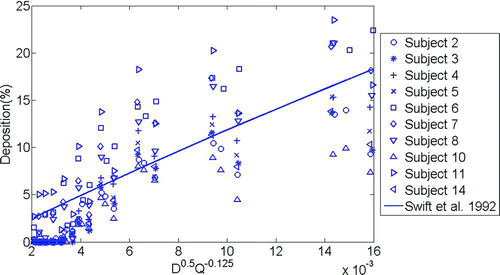
FIG. 7 The correlation of CitationCheng et al. (1995) developed for older children (1.5-, 2.5-, and 4-year-olds) is shown with infant deposition data in this study.
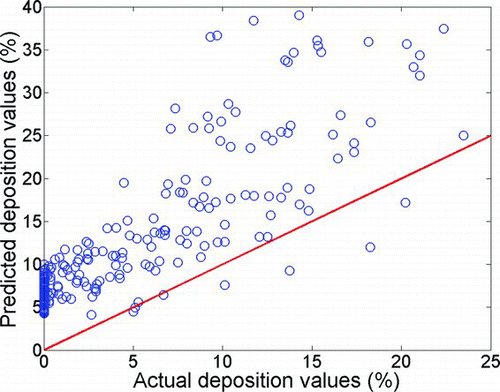
FIG. 8 Comparison of deposition in infant replicas vs. particle diameter (dp) using tidal breathing (solid markers) and constant flow rate (empty markers).
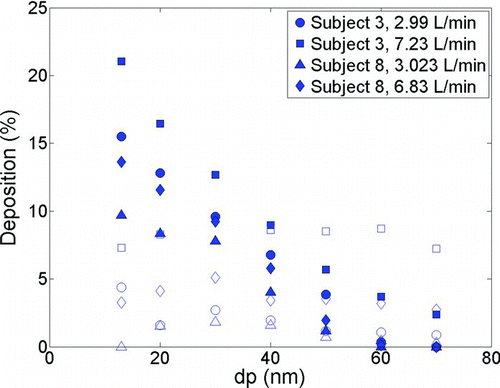
FIG. 9 Comparison of deposition in adult replicas vs. particle diameter (dp) using tidal breathing (solid markers) and constant flow rate (empty markers).
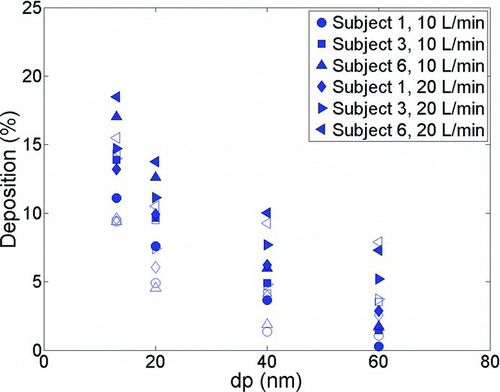
TABLE 3 Characteristic diameters that are suggested in literature and tested in this study for calculation of dimensionless parameters to reduce intersubject variability
TABLE 4 R-squared values of Equation (Equation12) fitted to infant data using different characteristic diameters
TABLE 5 Values of constants in equations (Equation12) and (13) for four diameters with the highest R 2 values for infant data
FIG. 10 Deposition in infant replicas vs. non-dimensional deposition parameter using characteristic diameter defined as dc =(0.0181L nose/R nose)4/19.
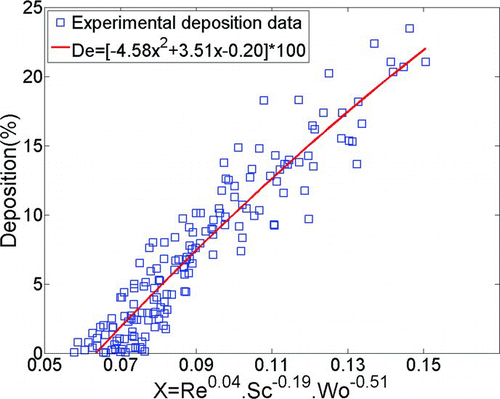
TABLE 6 Nasal resistance dependent characteristic diameter of infants
FIG. 11 Deposition in infant replicas vs. non-dimensional deposition parameter using characteristic diameter ![]()
